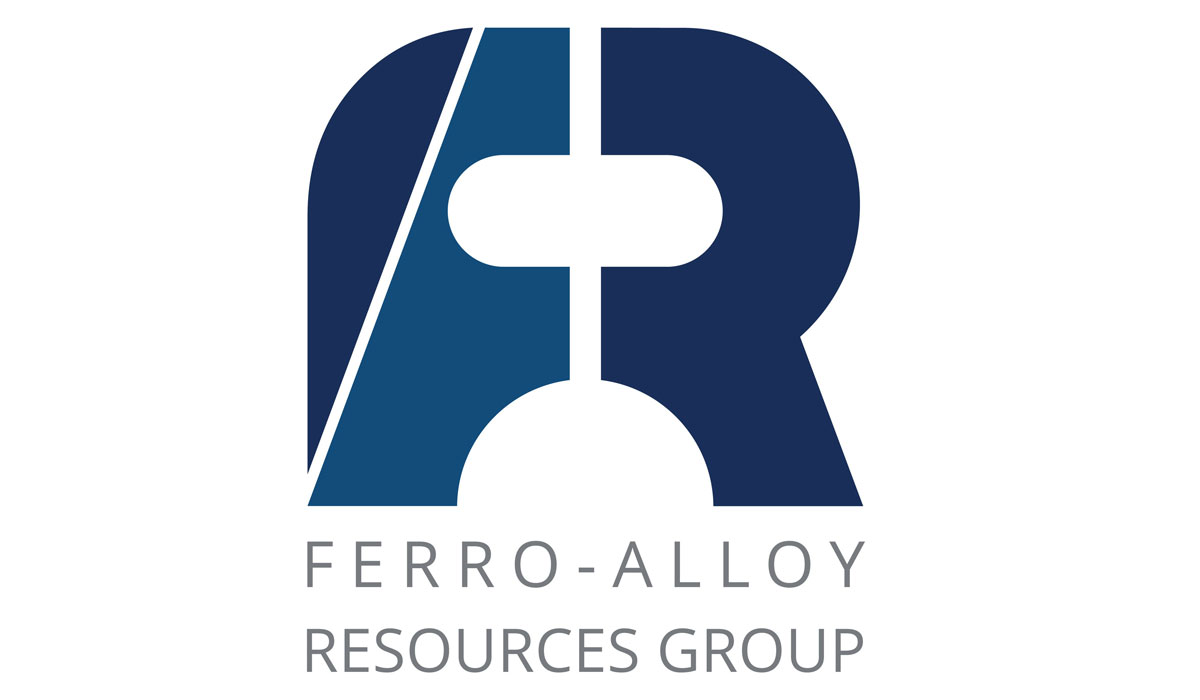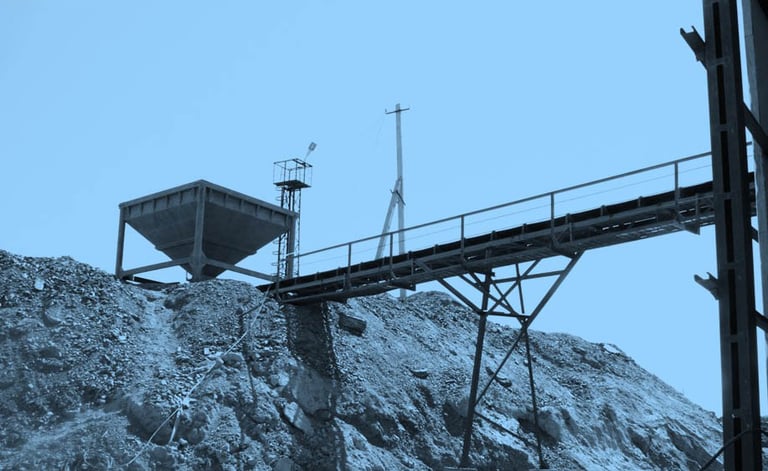Vanadium is increasingly central to how grids, governments and manufacturers are planning for the decade ahead.
Used traditionally to harden steel, vanadium is now drawing fresh attention for its role in energy storage. Vanadium redox flow batteries are ideally suited to support renewable energy systems, offering stable, long-duration storage without degradation. As countries scale up solar and wind, these batteries are becoming part of the long-term infrastructure mix.
Large mining companies are not set up for this. Their portfolios and strategies are geared toward scale: copper, iron ore, coal, and other bulk commodities that support large mines and long-life assets. Vanadium doesn’t slot easily into that system. It is typically recovered as a byproduct from titaniferous magnetite or oil residues.
For smaller companies, this is a clear opening. Several are now designing projects specifically around vanadium-rich magnetite or secondary sources the majors pass over. Their cost bases are lower, their strategies more specialised, and their ability to move quickly is a competitive advantage.
Vanadium is now on multiple critical minerals lists, with support flowing toward domestic production, processing, and end-use innovation. Vanadium’s market may be small, but its relevance is expanding rapidly. While the majors optimise for what fits their model, more agile companies are positioning around what fits the future.
Ferro-Alloy Resources Ltd (LON:FAR) is developing the giant Balasausqandiq vanadium deposit in Kyzylordinskaya oblast of southern Kazakhstan. The ore at this deposit is unlike that of nearly all other primary vanadium deposits and is capable of being treated by a much lower cost process.







































